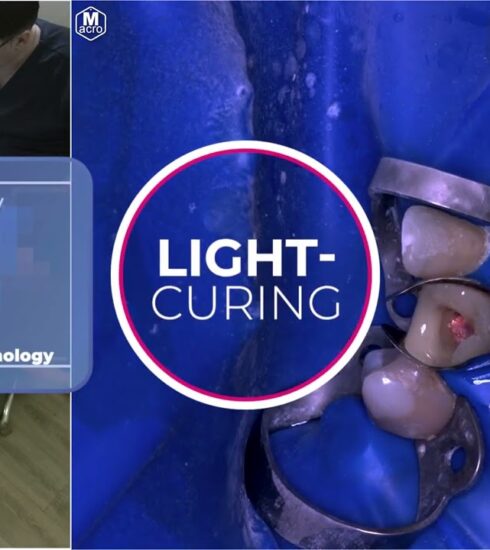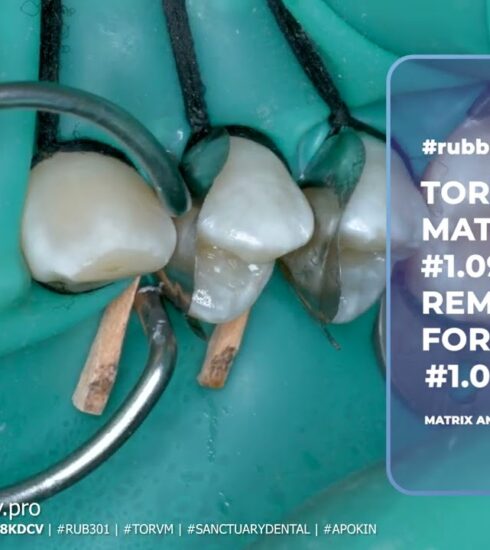Understanding Rubber Dams in Dentistry: An Overview
Introduction
Rubber dams are essential tools in dentistry, primarily used to isolate teeth from moisture and contaminants during procedures. They provide a dry and clean operative field, enhancing precision and treatment outcomes.
Structure and Application
- Design: A rubber dam is typically a square sheet divided into four quadrants, available in sizes 5×5 inch and 6×6 inch.
- Application Process: The placement involves several steps: testing proximal contacts, punching holes, lubricating the dam, selecting retainers, etc. Instruments like clamps are used to secure the rubber dam around specific teeth.
Advantages
- Improved Visibility: Enhances the dentist’s ability to see and work on the treatment area.
- Protection: Safeguards both patient and operator from debris and chemicals.
- Material Integrity: May improve the properties of dental materials by keeping them dry.
- Efficiency: Streamlines operations, potentially reducing procedure time.
Disadvantages
- Time-Consuming: Especially for less experienced clinicians.
- Patient Objections: Some patients find rubber dam application uncomfortable or claustrophobic.
- Limited Use Cases: Not suitable in scenarios where teeth are not sufficiently erupted or severely misaligned.
Clinical Considerations
Rubber dams are particularly useful in caries removal and other procedures requiring precise isolation. However, they may require modifications with techniques like mini flap procedures to manage soft tissues effectively before placement.
Materials and Patient Reactions
- Materials: Typically made from latex or synthetic materials.
- Patient Concerns: Allergic reactions or discomfort can occur, necessitating alternative solutions in such cases.
Efficacy and Evidence
While anecdotal evidence suggests rubber dams improve treatment outcomes by maintaining a dry field, clinical studies are recommended to validate these claims conclusively.
Strategies for Challenges
Dentists employ training programs to enhance efficiency with rubber dam placement. Additionally, they use alternatives when rubber dams are unsuitable due to patient objections or specific clinical conditions.
Conclusion
Rubber dams play a crucial role in maintaining optimal operative conditions during dental procedures, offering significant benefits despite certain limitations. Understanding their application, materials, and challenges is vital for effective use in various clinical settings.
- Dental Erosion and Its Clinical Management – Bennett T. Amaechi – ISBN 978-3-319-13992-0
- Essentials of Dentistry Quick Review and Examination Preparation Rushik Dhaduk BDS Tutor, Dharmsinh Desai University Nadiad, Gujarat, India ISBN 978-93-5025-368-7






